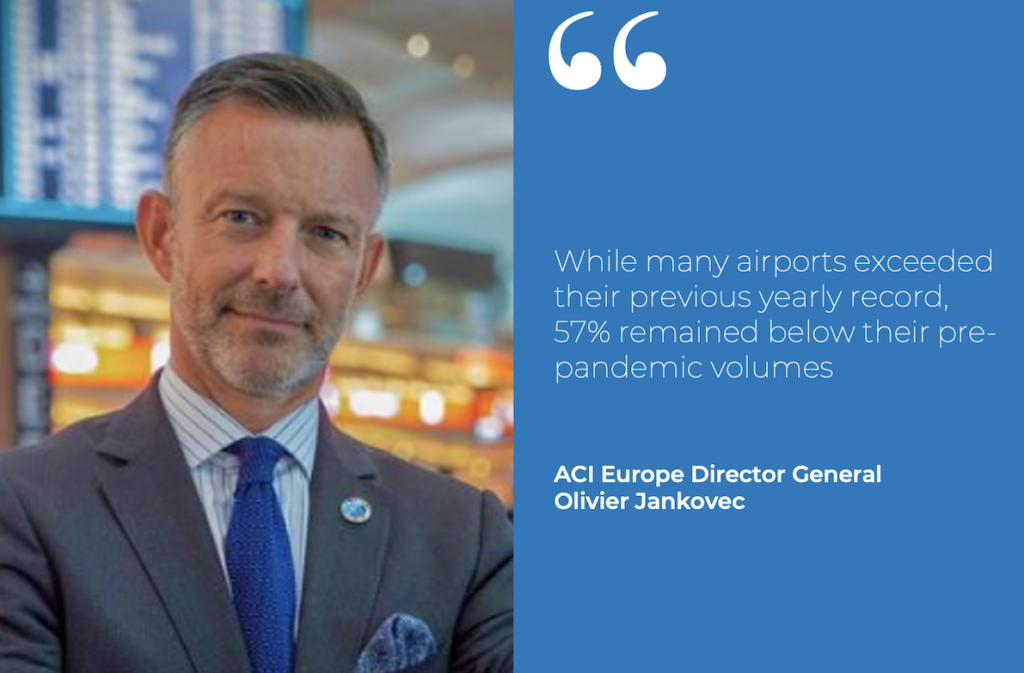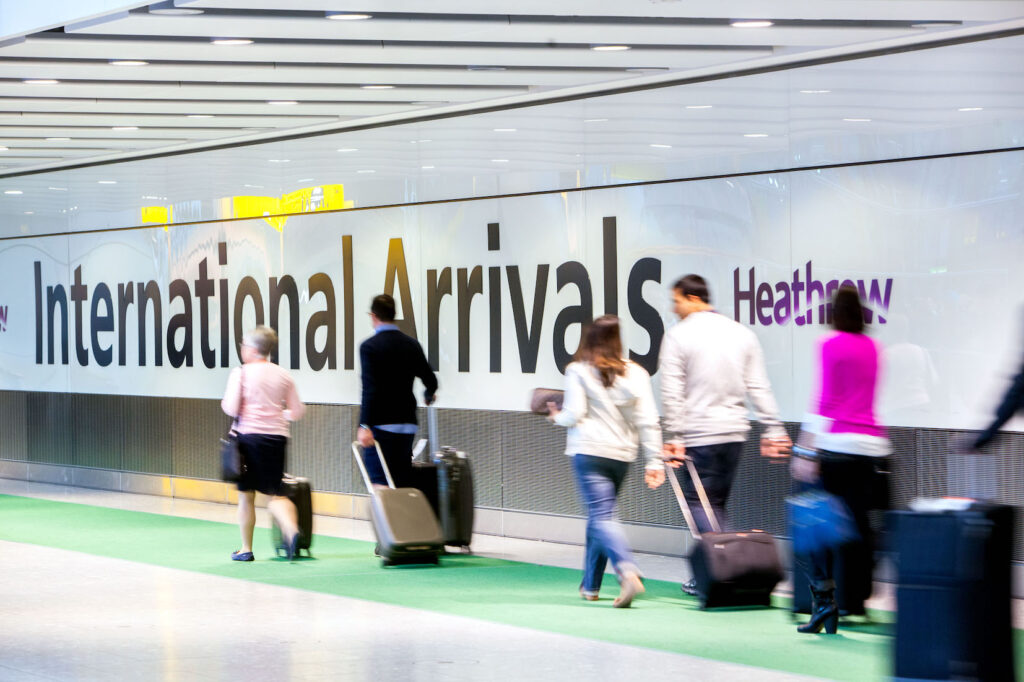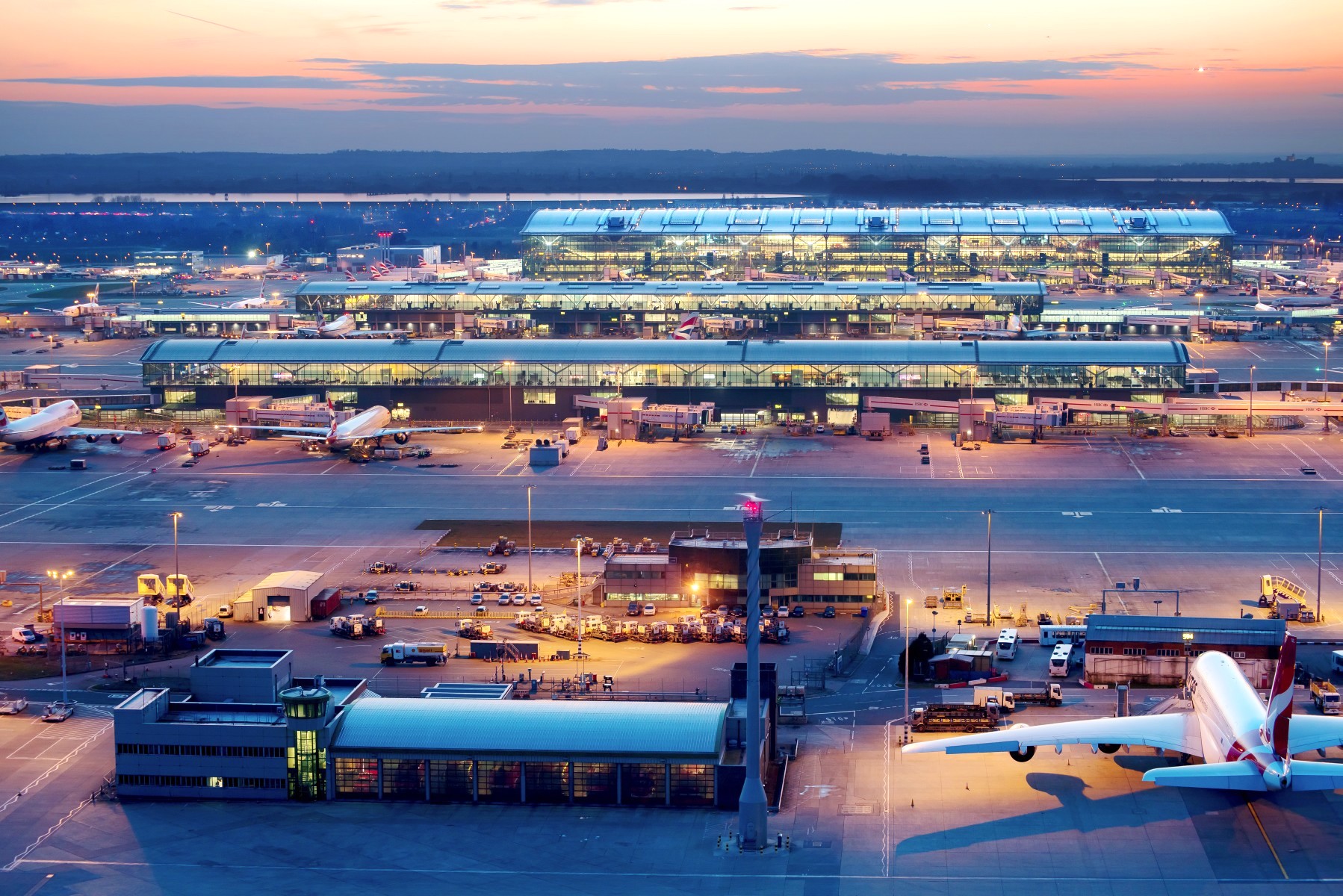EUROPE. Passenger traffic at Europe’s airports surged by +19% year-on-year in 2023, bringing volumes to -5.4% below pre-pandemic 2019 levels. That’s according to figures from Airports Council International (ACI) Europe.
The association said the results reveal “a dynamic aviation market reshaped by a mix of structural changes, demand resilience and severe geopolitical tensions”.
The increase was driven by international passenger traffic (+21%), which grew at almost twice the pace of domestic passenger traffic (+11.7%), with airports in the EU+ market (+19%) out-performing those in the rest of Europe (+16%).

ACI Europe Director General Olivier Jankovec said: “This robust growth resulted in Europe’s airports welcoming 2.3 billion passengers through their doors last year – an impressive result considering the prevailing inflationary pressures and higher air fares as well as heightened geopolitical tensions. This is testament to the priority people give to travel over other forms of discretionary spending – and it does speak volumes about the value and importance of air connectivity.”
Within the EU+ markets, airports in Portugal (+12.2%), Greece (+12.1%), Iceland (+6.9%), Malta (+6.7%), and Poland (+4.5%) outperformed – while those in Finland (-29.6%), Slovenia (-26.2%), Germany (-22.4%) and Sweden (-21%) still remained well behind a full recovery.
Among the largest EU+ markets, airports in Spain (+3%) were the only ones to have fully recovered, followed by those in Italy (-2%), France (-5.4%), the UK (-6.4%) – and airports in Germany underperforming by a wide margin, said ACI Europe.

In the rest of Europe, airports in the emerging markets of Uzbekistan (+110%), Armenia (+66%) and Kazakhstan (+51%) saw strong growth in part due to traffic diversions to/from Russia, along with those in Albania (+117%) and Kosovo (+44%) on the back of low-cost airlines swiftly deploying their capacity. Meanwhile, airports in the major market of Türkiye (+2.5%) just exceeded their pre-pandemic levels.
By contrast, the passenger traffic recovery of airports in Israel (-12%) was pulled into reverse – with Q4 passenger traffic (-63%) collapsing, while airports in Ukraine (-100%) remained shuttered due to the war.
Jankovec said: “2023 has also been a year of multi-speed recovery and great divergences for Europe’s airports in terms of passenger traffic. While many exceeded their previous yearly record in passenger volumes, 57% still remained below their pre-pandemic volumes.”
“Geopolitical conflicts have been a significant contributor to this multi-speed recovery – predominantly affecting airports in Ukraine, Israel, Finland as well as in other Eastern European countries. But the Covid-19 induced structural changes in the aviation market are also having a major impact.
“These structural changes include the prominence of leisure, and VFR (Visiting Friends & Relatives) demand as well as the emergence of ‘bleisure’ demand, along with ultra low-cost carriers selectively expanding and full-service carriers retrenching on their hubs and driving consolidation. While these developments have generally benefitted airports in markets relying on inward tourism, there is no doubt they have also resulted in increased competitive pressures for airports across the board.

“Looking ahead at 2024, we are likely to see these performance gaps among airports narrowing – but not closing, There is no doubt geopolitical tensions are part of our new reality, and so are structural changes in the aviation market. The big question marks will be about supply pressures and leisure demand resilience – with the latter unlikely to keep defying macroeconomics but becoming increasingly tied to them.
“We also need to keep a close eye on operational issues, especially border control with the planned start of the Schengen Entry-Exit System next autumn – for which many outstanding issues still need to be resolved.
“Accordingly, we are for now keeping our guidance for a +7.2% increase in passenger traffic this year compared to 2023, which should lead us just +1.4% above pre-pandemic volumes.”
Passenger traffic at the top five European airports increased by +20.8% in 2023 compared to the previous year – resulting in these airports adding 58 million passengers.
Despite this significant increase, the ‘Majors’ still remained -6.5% below their pre-pandemic (2019) levels – mainly due to the relative weakness of the Asian market, the slow return of corporate travel and their hub carriers’ tight capacity control.
London Heathrow restored its position as Europe’s busiest airport in 2023 – a position held by Istanbul the previous year. The UK hub welcomed 79.2 million passengers – an increase of +28.5% over 2022, which allowed it to come very close to its pre-pandemic (2019) volumes (-2.1%). Its reliance on transatlantic traffic played a key role in this performance.

Istanbul came second, reaching 76 million passengers – an increase of +18.3% over 2022. The Turkish hub boasted the best performance amongst the top five when compared to its pre-pandemic (2019) volumes, which it largely exceeded (+11%). In 2019, Istanbul was the fifth busiest European airport.
Paris Charles de Gaulle kept third position with 67.4 million passengers (+17.3% vs. 2022) and remained -11.5% below its pre-pandemic 2019 level. The French hub was followed by Amsterdam Schiphol (61.9 million passengers, up +17.9% vs. 2022 and -13.7% vs. 2019).
Madrid closed out the top five with 60.2 million passengers, +18.9% over 2022, coming very close to its pre-pandemic level (-2.5%). The Iberian hub’s exposure to transatlantic traffic as well as comparatively higher share of leisure traffic allowed it to again surpass Frankfurt in 2023 (59.4 million passengers, up +21.3% on 2022 and -15.9% compared to 2019.

The 2023 passenger traffic performance of other large European airports also reflected structural market changes compared to pre-pandemic levels.
Those traditionally relying on leisure and VFR traffic and with a notable presence of low-cost carriers often surpassed their pre-pandemic volumes. These include Athens (+10.1%), Lisbon (+7.9%), Palma de Mallorca (+4.7%), Istanbul Sabiha Gökçen (+4.6%), Dublin (+1.8%) and Paris Orly (+1.4%).
While Rome Fiumicino (-7%) still remained below its pre-pandemic level, the Italian hub saw passenger traffic increasing by +38% year-on-year – the best performance among larger European airports.
Malaga, with more than 22.3 million passengers (+12.6% year-on-year) served more passengers than Brussels (-15.8%) and Stockholm-Arlanda (-15%).
Unlike hubs and larger airports, smaller and regional airports completed their recovery in 2023 – with their overall passenger traffic increasing by +17.6% compared to the previous year and thus standing at +3% above pre-pandemic levels.
This performance was largely driven by EU+ airports serving tourist destinations and/or attracting capacity from low-cost carriers as well as airports in less mature markets in the rest of Europe.
Some of these airports experienced growth well above their pre-pandemic (2019) levels. These included Trapani (+223%), Perugia (+143%), Tirana (+117%), Samarkand (+110%), Lodz (+97%), Kutaisi (+91%), Zadar (+88%), Yerevan (+66%), Memmingen (+64%), Almaty (+51%), Funchal (+43%), Zaragoza (+47%), Pristina (+44%) and Oviedo-Asturias (+40%). ✈












